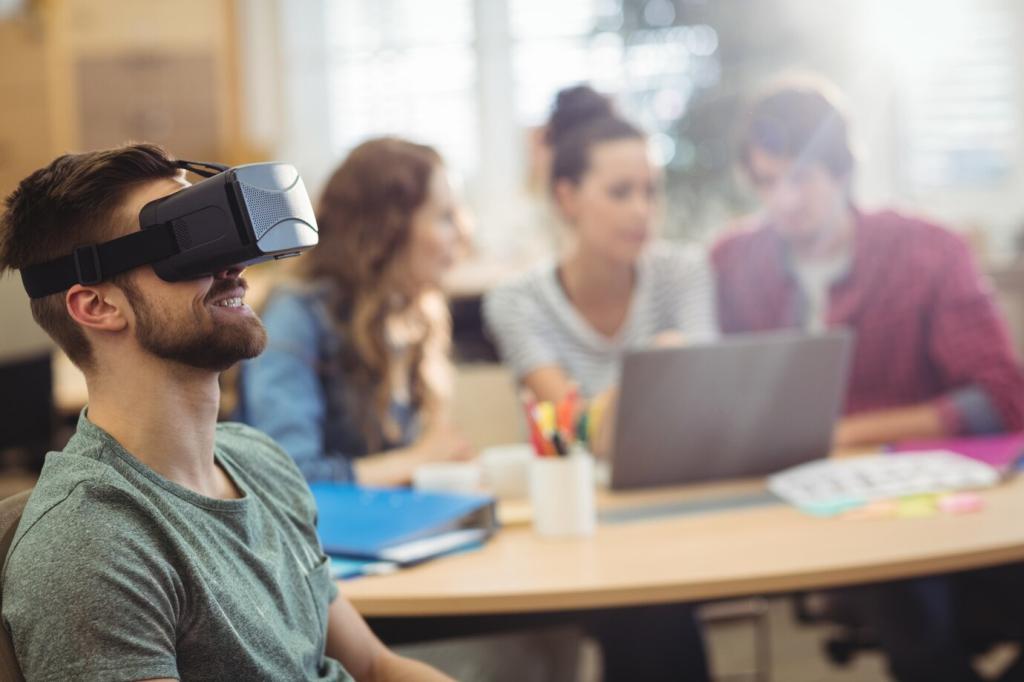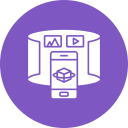Virtual Reality: Transforming Classrooms and Learning Experiences
Virtual reality (VR) is rapidly changing the face of education by creating immersive and interactive environments where students can engage with content in ways never before possible. This technology is bridging the gap between theory and practice, making complex concepts more accessible and fostering deeper understanding. As VR becomes more affordable and widespread, its potential to transform traditional classrooms has never been greater. From elementary schools to universities, educators are leveraging virtual reality to enhance learning experiences, increase student motivation, and bring curriculum to life. The following sections delve into how VR is reshaping education, the benefits it offers, and the challenges that come with integrating this groundbreaking technology into daily learning.
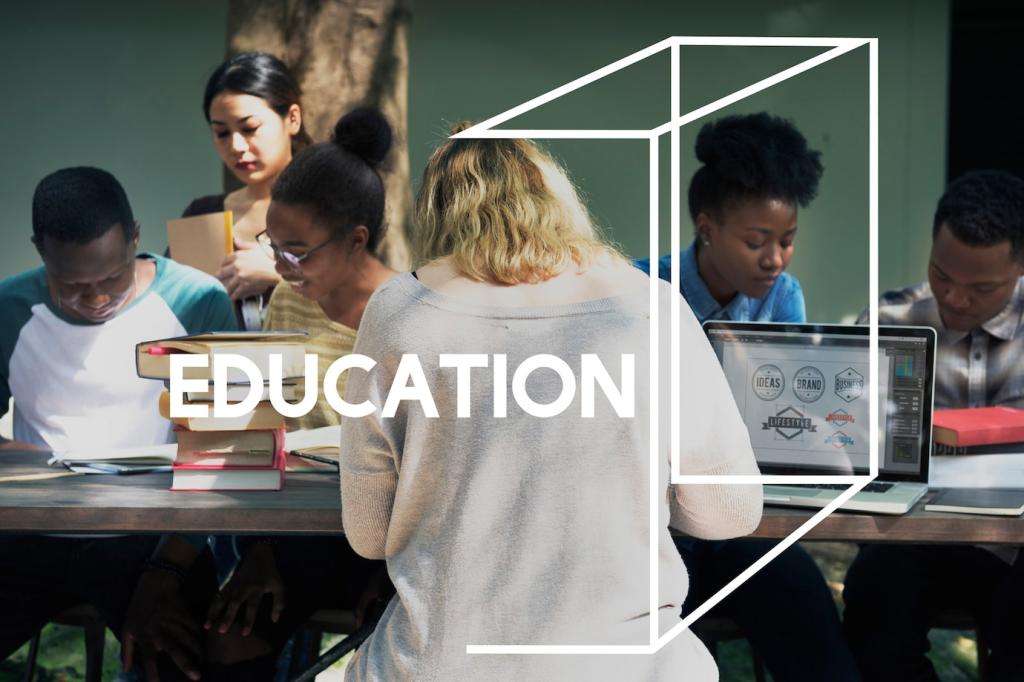
Immersive Learning Environments
Traveling Through Time and Space
Science Simulations and Laboratory Exercises
Language and Cultural Immersion
Personalized and Adaptive Learning
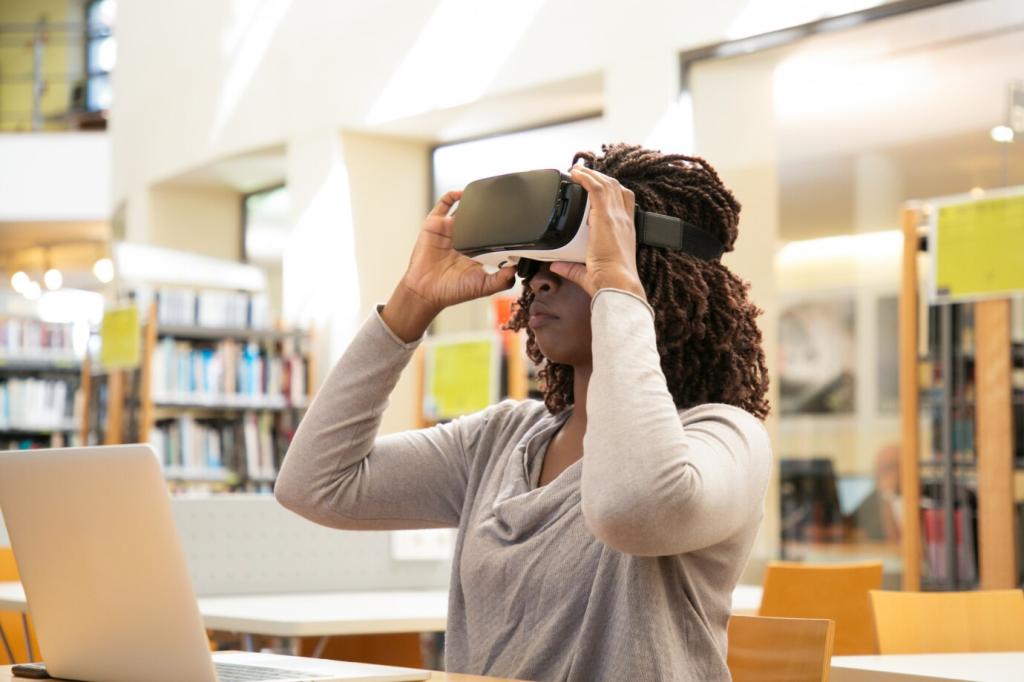
Fostering Collaboration and Communication
Building Virtual Teams and Projects
Enhancing Classroom Discussions
Connecting Global Classrooms
Creative Lesson Planning and Delivery
Classroom Management Made Easier
Ongoing Professional Development
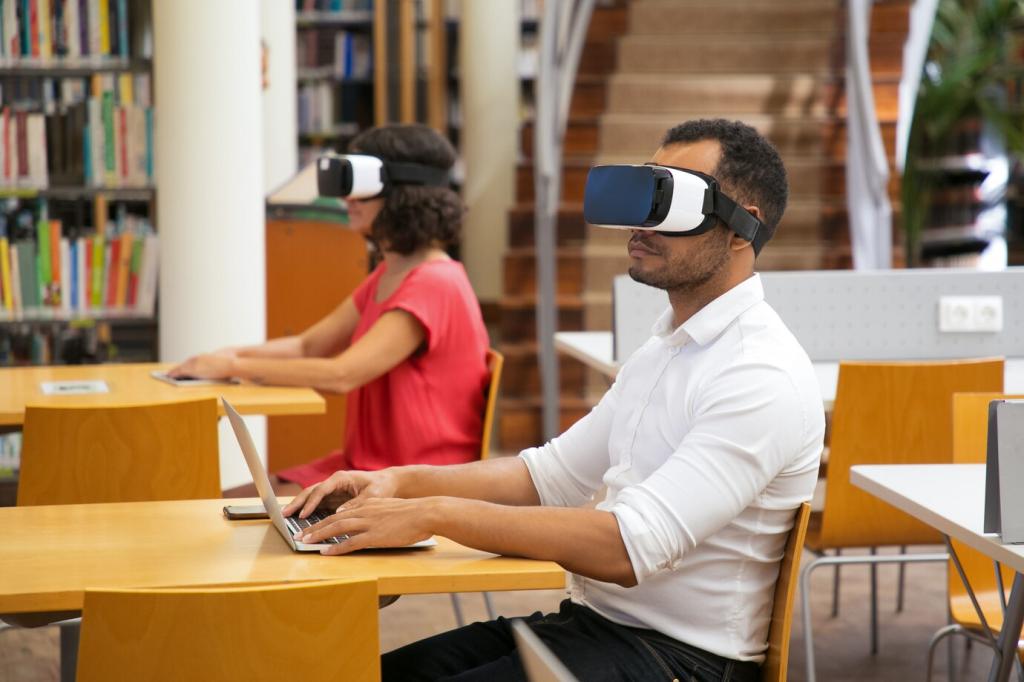
Expanding Access to Diverse Experiences
